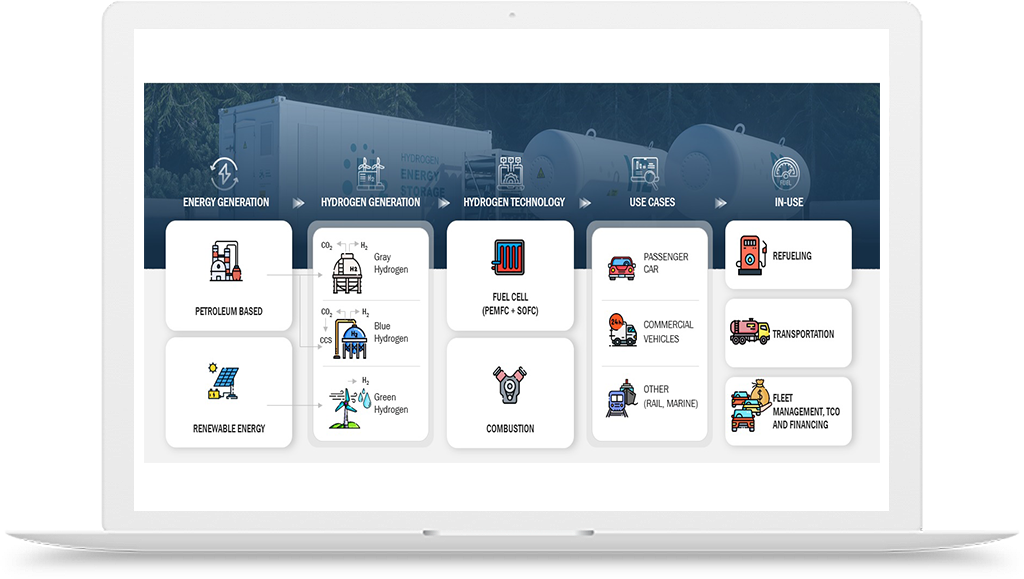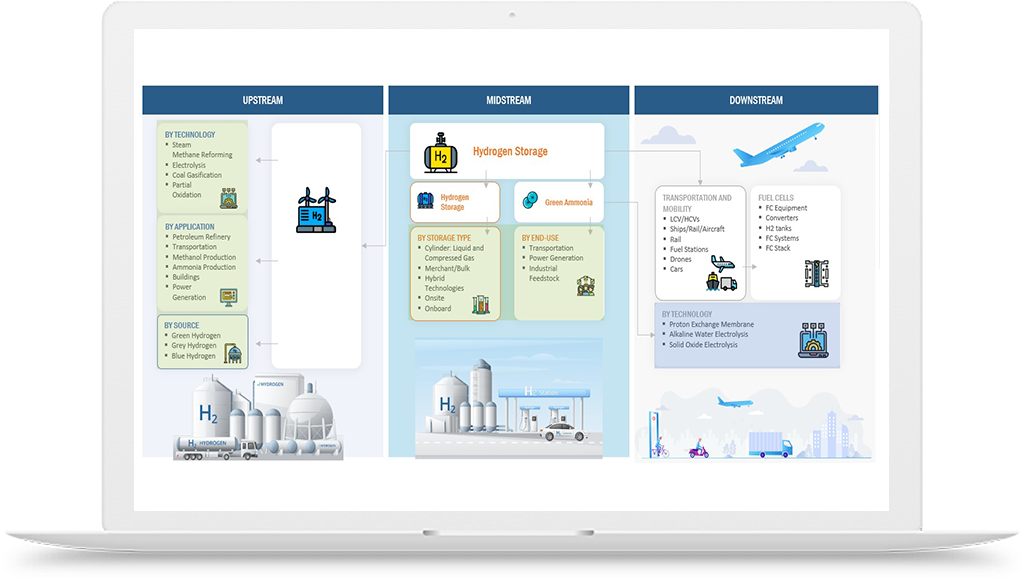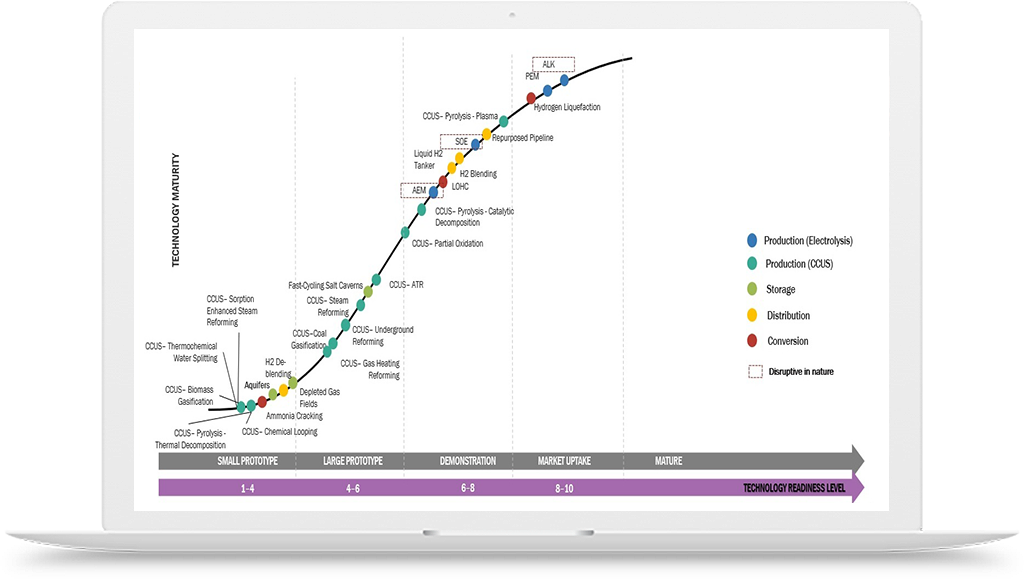Green Hydrogen (GH) Market Growth
The market for green hydrogen (GH) is expected to grow significantly in the next 5-10 years as more countries and industries prioritize decarbonization efforts. The use of GH can reduce carbon emissions in sectors such as transportation, power generation, and industrial processes. Here is a detailed explanation of how the market for GH is expected to unfold in the next 5-10 years and which regions and applications have the most potential.
- Increasing Demand for GH:
There is a growing demand for GH due to its ability to reduce carbon emissions in various industries. The transportation sector, particularly heavy-duty vehicles, is expected to be a significant contributor to the growth of GH demand in the next 5-10 years. The power generation sector, including energy storage, is another promising market for Green Hydrogen.
- Decreasing Costs of GH:
One of the key drivers of the growth of GH is the decreasing cost of production. As renewable energy costs continue to fall, the cost of GH production through electrolysis is also expected to decline. Additionally, increasing economies of scale in GH production can drive down costs, making it more competitive with traditional fossil fuels.
- Advancements in GH Infrastructure:
The development of GH infrastructure is critical to the growth of the market. Governments and private companies are investing in the build-out of GH production facilities, transportation networks, and storage facilities. This infrastructure build-out is expected to accelerate in the next 5-10 years as more countries set ambitious decarbonization targets.
- Regional Differences in GH Adoption:
Some regions are expected to adopt GH more quickly than others due to a variety of factors. For example, Europe has set ambitious GH targets and has a well-developed renewable energy infrastructure, making it a promising market for GH. China is also investing heavily in GH, driven by its desire to reduce air pollution and become a global leader in clean energy.
- Promising Applications for GH:
Several applications are expected to be promising markets for GH in the next 5-10 years. These include heavy-duty transportation, shipping, and aviation. In these sectors, GH can provide a longer range and faster refueling times than battery-powered alternatives. Additionally, GH can be used in industrial processes, such as steel production and chemical manufacturing, where traditional fossil fuels are difficult to replace.
- Challenges to GH Adoption:
Despite the potential of GH, there are still several challenges that need to be addressed. The cost of GH production needs to continue to decrease to be competitive with traditional fossil fuels. Additionally, the build-out of GH infrastructure needs to accelerate to meet the growing demand. Finally, public perception of GH needs to be addressed, as some stakeholders may be hesitant to adopt new technology.
In conclusion, the market for GH is expected to grow significantly in the next 5-10 years as more countries and industries prioritize decarbonization efforts. The transportation sector, particularly heavy-duty vehicles, and the power generation sector are expected to be significant contributors to the growth of GH demand. Regional differences in GH adoption and promising applications for GH, such as heavy-duty transportation and industrial processes, should also be considered. However, challenges, such as the cost of GH production and infrastructure build-out, need to be addressed to accelerate the growth of the GH market.
















